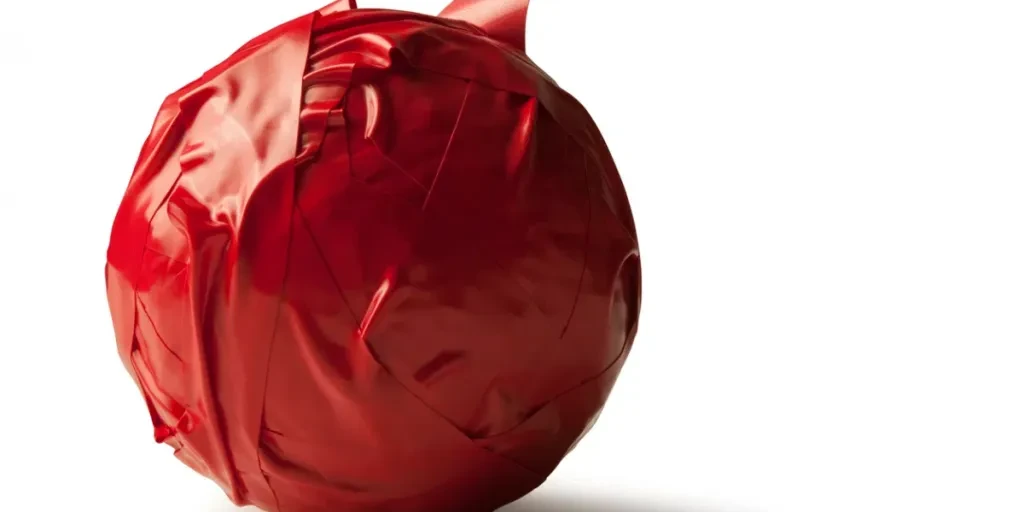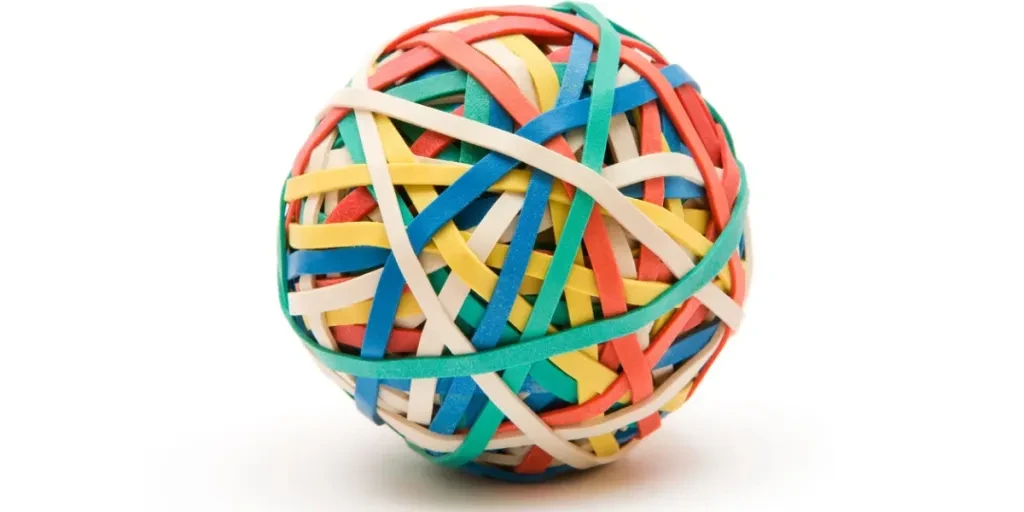Tape ball cricket, a variant of traditional cricket, has gained immense popularity worldwide. This sport, which uses a tennis ball wrapped in electrical tape, offers a unique and accessible way for enthusiasts to enjoy cricket without the need for expensive equipment or large playing fields.
Table of Contents:
– Market Overview
– Materials and Design: Crafting the Perfect Tape Ball
– Performance and Durability: Key Features of Tape Balls
– Cultural Influence: The Impact of Tape Ball Cricket
Market Overview

The Rise of Tape Ball Cricket
Tape ball cricket originated in the streets of Pakistan and quickly spread to other parts of South Asia. The simplicity of the game, which requires minimal equipment and can be played in small spaces, contributed to its rapid adoption. According to a report by Research and Markets, the global sports equipment market, which includes tape ball cricket, is expected to grow significantly in the coming years. This growth is driven by the increasing popularity of sports and recreational activities worldwide.
The rise of tape ball cricket can be attributed to several factors. Firstly, the affordability of the equipment makes it accessible to a wide range of players. A tennis ball and electrical tape are all that is needed to start a game, making it an attractive option for those who cannot afford traditional cricket gear. Secondly, the game’s flexibility allows it to be played in various settings, from narrow alleyways to open fields, making it a versatile sport.
Global Demand and Popularity
The global demand for tape ball cricket has surged in recent years. According to a report by Research and Markets, the sports equipment market, which includes tape ball cricket, is projected to grow at a compound annual growth rate (CAGR) of 5.21% from 2023 to 2030. This growth is driven by the increasing popularity of sports and recreational activities worldwide.
The popularity of tape ball cricket is not limited to South Asia. The sport has gained a foothold in other regions, including the Middle East, Europe, and North America. In the Middle East, the expanding construction industry and infrastructure projects have created opportunities for recreational activities, including tape ball cricket. In Europe, the emphasis on health and safety regulations has driven demand for sports equipment, including tape balls. In North America, the sport has gained popularity among immigrant communities, particularly those from South Asia.
The increasing demand for tape ball cricket has also led to the development of specialized equipment. Manufacturers are now producing high-quality tape balls designed to enhance performance and durability. According to a report by Research and Markets, the market for sports equipment, including tape balls, is expected to reach USD 1.72 billion by 2030. This growth is driven by technological advancements and the development of innovative products that cater to the needs of players.
Materials and Design: Crafting the Perfect Tape Ball

Innovative Materials for Enhanced Performance
The evolution of tape balls in the sports and accessory industry has been significantly influenced by the innovative use of materials. Traditionally, tape balls were simple tennis balls wrapped in electrical tape. However, modern advancements have introduced a variety of materials that enhance performance and durability. According to a professional report, the use of high-density foams and synthetic rubbers has become prevalent. These materials offer superior bounce and resilience, which are crucial for the dynamic nature of tape ball cricket.
High-density foam, similar to the memory foam used in bouldering crash pads, provides excellent shock absorption and maintains its loft over time. This ensures that the tape ball retains its shape and performance characteristics even after extensive use. Additionally, synthetic rubbers are employed to enhance the ball’s grip and control, making it easier for players to execute precise shots and deliveries.
Moreover, the outer layer of the tape ball has seen significant improvements. Modern tape balls often feature a combination of waterproof coatings and reinforced fabrics, akin to the heavy-duty ballistic nylon used in climbing gear. This not only protects the ball from wear and tear but also ensures consistent performance in various weather conditions. The integration of these advanced materials has revolutionized the tape ball, making it a more reliable and high-performing piece of equipment.
Design Trends: Balancing Aesthetics and Functionality
In the realm of tape ball design, there is a growing emphasis on balancing aesthetics with functionality. The design trends in this niche market are influenced by the need to cater to both amateur enthusiasts and professional players. One notable trend is the use of vibrant colors and patterns, which not only make the tape balls visually appealing but also help in tracking the ball during play.
The design of the tape ball also incorporates ergonomic considerations. For instance, the texture and pattern of the tape wrapping are designed to provide a better grip, similar to the high-friction grooves found in advanced belay devices. This ensures that players can handle the ball with ease, reducing the likelihood of slips and enhancing overall control.
Furthermore, the construction of the tape ball often includes a multi-layered approach. The inner core is designed for optimal bounce and durability, while the outer layers focus on grip and aesthetics. This multi-faceted design approach ensures that the tape ball meets the diverse needs of players, from casual backyard games to competitive matches.
Performance and Durability: Key Features of Tape Balls

Superior Performance: What Sets Tape Balls Apart
The performance of tape balls is a critical factor that sets them apart from other types of cricket balls. One of the key features is their ability to provide a consistent bounce, which is essential for both batting and bowling. The use of high-density foam and synthetic rubber in the construction of tape balls ensures that they maintain their bounce and resilience over time, even under rigorous play conditions.
Additionally, the aerodynamic properties of tape balls are enhanced by their design. The smooth, taped surface reduces air resistance, allowing for faster and more accurate deliveries. This is particularly beneficial for bowlers who rely on speed and precision. The enhanced grip provided by the textured tape also allows for better control, enabling bowlers to execute a variety of spins and swings.
Another aspect of superior performance is the ball’s ability to withstand impact. Tape balls are designed to absorb shock effectively, reducing the risk of damage to the ball and ensuring a longer lifespan. This is achieved through the use of advanced materials and construction techniques, similar to those used in high-performance climbing ropes, which are designed to handle significant forces without compromising on durability.
Durability: Ensuring Longevity in Various Conditions
Durability is a paramount consideration in the design and manufacturing of tape balls. The materials used in their construction, such as high-density foam and synthetic rubber, are chosen for their ability to withstand repeated impacts and harsh conditions. According to industry reports, the use of reinforced fabrics and waterproof coatings further enhances the durability of tape balls, making them suitable for play in various weather conditions.
The construction techniques employed in making tape balls also contribute to their longevity. For instance, the multi-layered design ensures that the inner core remains protected from external damage, while the outer layers provide additional resilience. This approach is similar to the construction of durable climbing gear, where multiple layers of protection are used to ensure the equipment can withstand the rigors of outdoor use.
Moreover, the maintenance of tape balls is relatively straightforward, which further extends their lifespan. Simple practices such as storing the balls in a dry, cool place and avoiding excessive exposure to moisture can significantly enhance their durability. These maintenance practices are akin to those recommended for climbing ropes, where regular inspection and proper storage are essential for longevity.
Cultural Influence: The Impact of Tape Ball Cricket

Tape Ball Cricket in Different Cultures
Tape ball cricket has a profound cultural impact, particularly in regions where traditional cricket is a popular sport. In countries like Pakistan, India, and Bangladesh, tape ball cricket is not just a pastime but a cultural phenomenon. It is played in streets, parks, and open spaces, making it accessible to people of all ages and backgrounds. This form of cricket has democratized the sport, allowing individuals who may not have access to formal cricket facilities to participate and enjoy the game.
The cultural significance of tape ball cricket is also evident in its role in community bonding. It brings together people from different walks of life, fostering a sense of camaraderie and teamwork. The informal nature of tape ball cricket allows for spontaneous games, where the focus is on enjoyment and participation rather than competition. This inclusivity has made tape ball cricket a beloved activity in many communities.
The Role of Tape Ball in Community and Youth Engagement
Tape ball cricket plays a crucial role in community and youth engagement. It provides a platform for young people to develop their skills and passion for the sport. Many professional cricketers have started their careers playing tape ball cricket, honing their abilities in a more relaxed and accessible environment. This grassroots level of engagement is essential for the development of future talent in the sport.
Furthermore, tape ball cricket serves as a positive outlet for youth, promoting physical activity and healthy competition. It encourages teamwork, discipline, and strategic thinking, which are valuable life skills. Community organizations and local clubs often organize tape ball tournaments, providing structured opportunities for young players to showcase their talents and gain recognition.
The impact of tape ball cricket extends beyond the sport itself. It contributes to social cohesion and community development, creating a sense of belonging and pride among participants. The accessibility and affordability of tape ball cricket make it an ideal tool for engaging youth and fostering a love for the game.
Conclusion
The evolution of tape balls in the sports and accessory industry highlights the innovative use of materials and design to enhance performance and durability. The cultural significance of tape ball cricket and its role in community and youth engagement underscore its importance beyond the realm of sports. As advancements in materials and design continue, the future of tape ball cricket looks promising, with the potential to further democratize the sport and inspire the next generation of cricketers.




